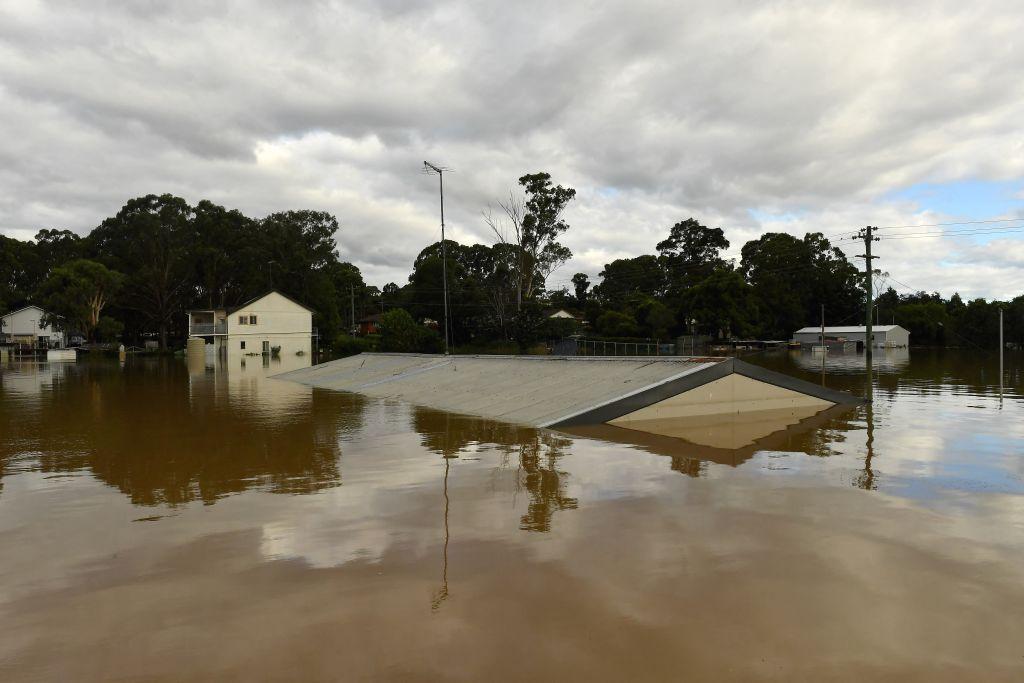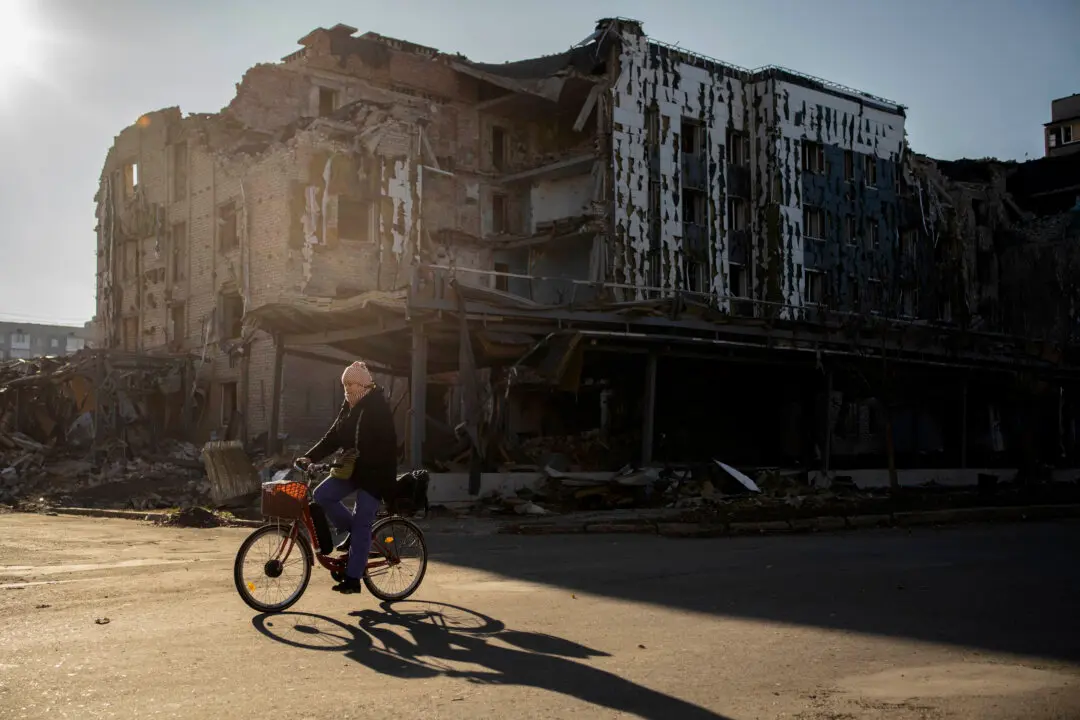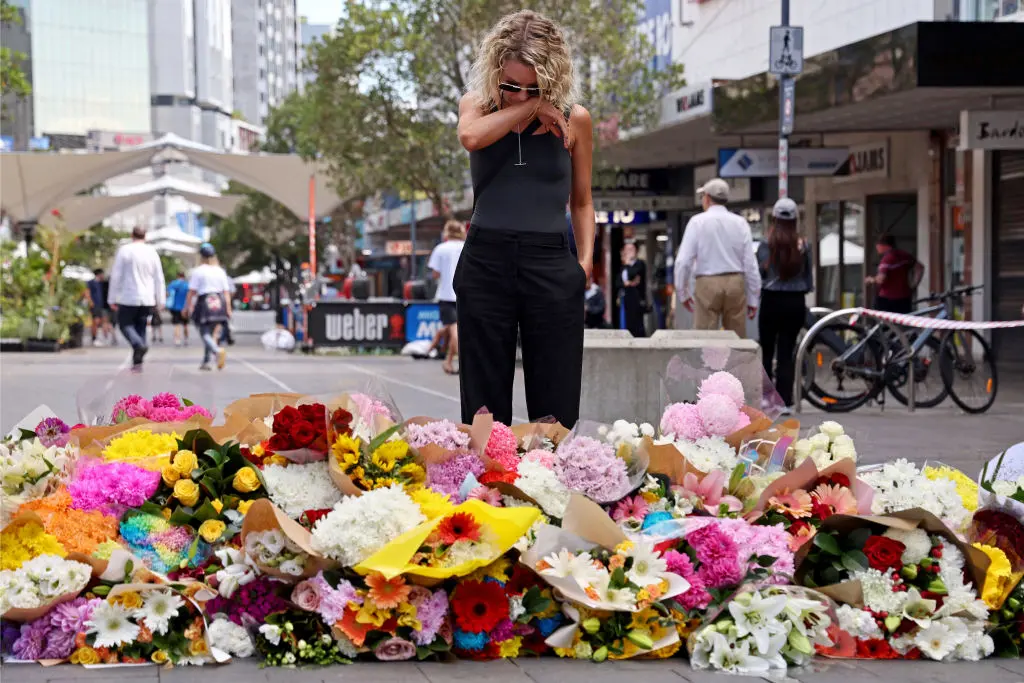Plans to build extra homes on high-risk flood plains could be shelved across New South Wales (NSW) after the state government axed the rezoning of land on Sydney’s outskirts.
The decision to scale back the developments on the city’s northwestern fringe followed a state government flood report that declared there would be a “risk to life” in the case of a mass evacuation.





